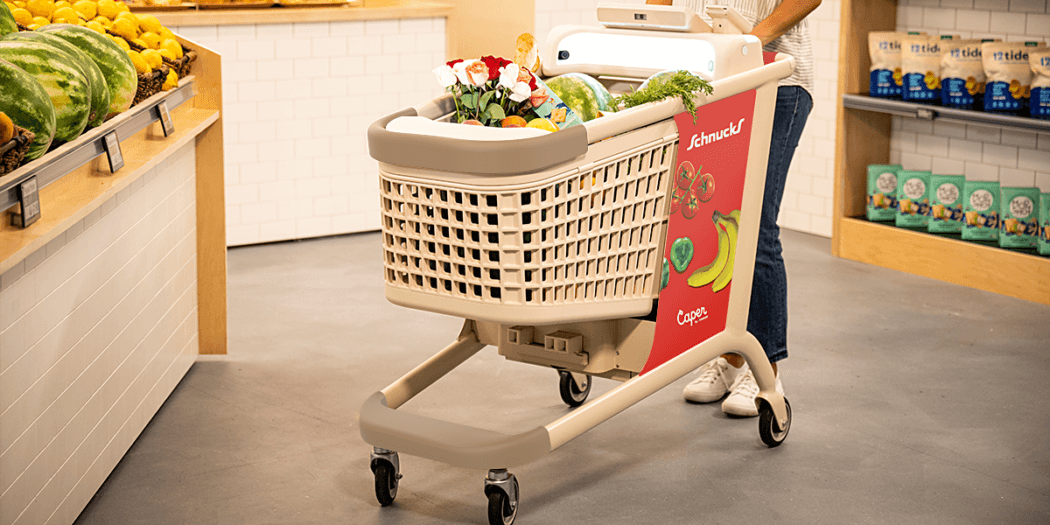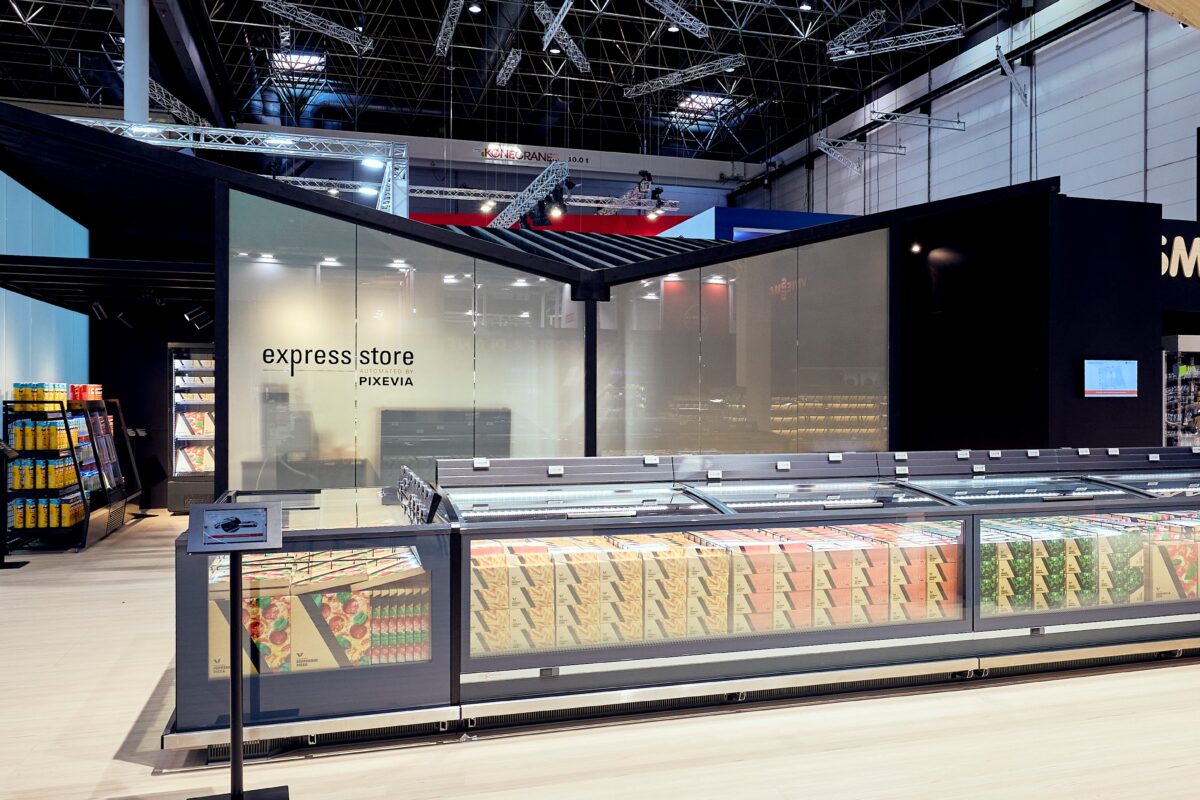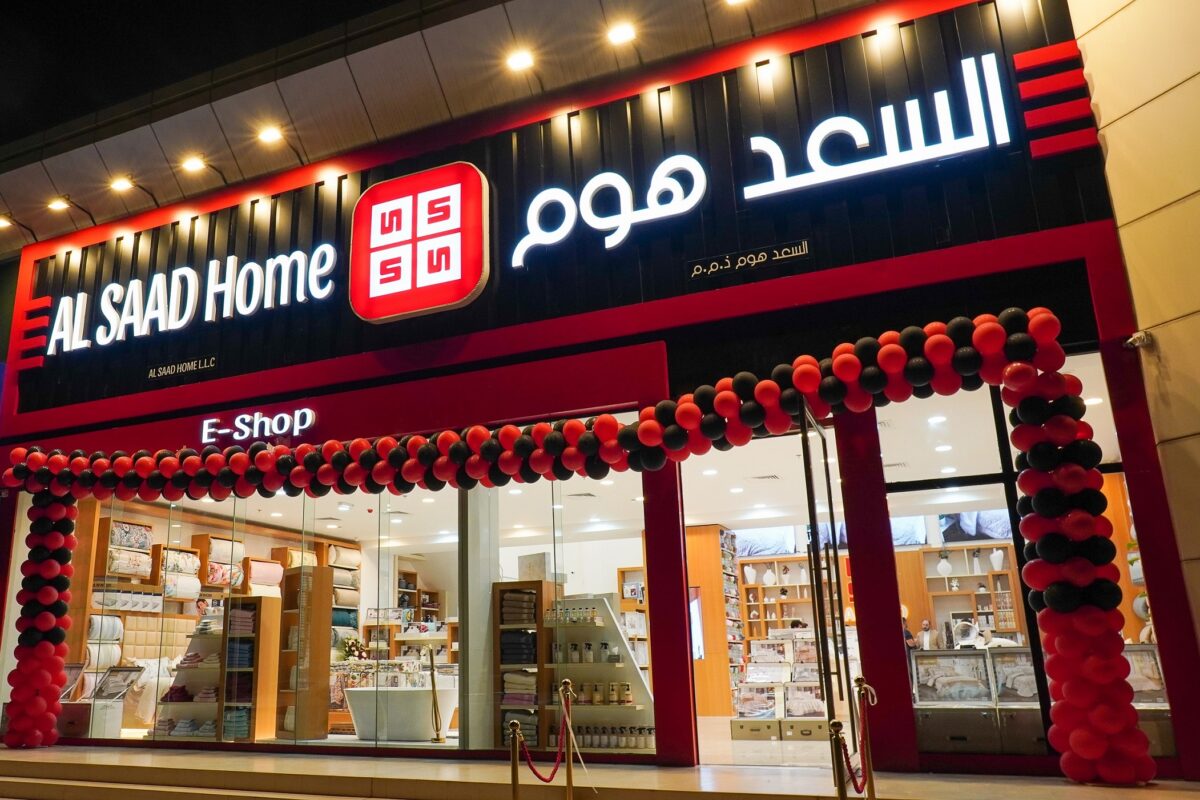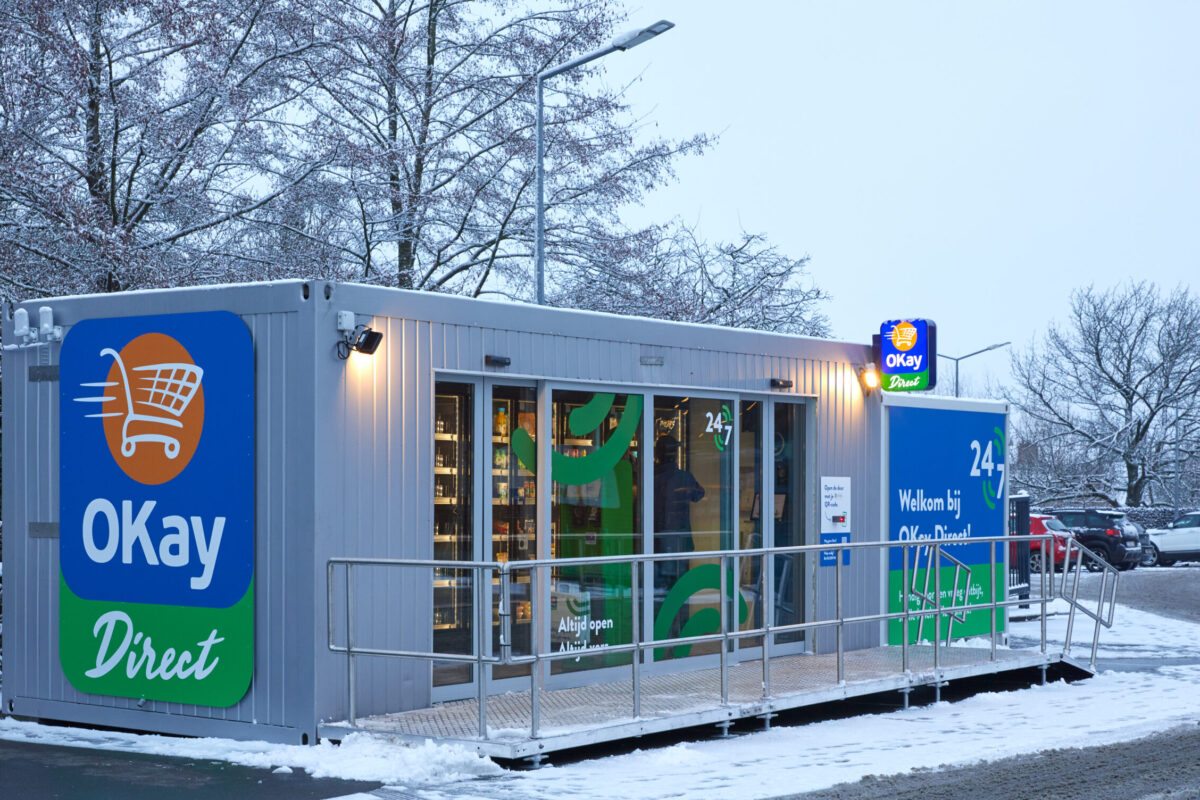All about the equipment and applications of all-in-one POS systems
by Katja Laska (exclusively for EuroCIS.mag)
Not all cash registers are created equal – they can differ in looks, features, and applications. In our interview, Steffen Schwenk, Business Development Manager and in charge of POS systems at Concept International, points out that cash registers are becoming all-rounder devices.
Mr. Schwenk, cash registers are becoming jack-of-all-trades: What capabilities must modern devices have?
Steffen Schwenk: It all starts with the right exterior. Service staff in the restaurant sector needs lightweight handheld devices designed to survive falls. Mobile retailers require compact freestanding devices, preferably with LTE technology and even integrated weight scales. Retail cash registers can be larger in size and heavier but must still look attractive and feature a built-in customer display, for example.

Steffen Schwenk, Business Development Manager and POS systems expert at Concept International. The company sells, among other things, Sunmi POS devices that use Android as their operating system. //// ©Concept International
All devices have one thing in common: dedicated cash registers are robust and durable in design. They can handle temperature changes caused by direct sunlight, for example, and survive falls. This is where consumer tablets such as iPad-based POS systems can quickly reach their limits.
Current trends favor a handy size, a mobile and connected format. Is that still the case?
Bulky card readers or receipt printers not only look unattractive, but they are also impractical, especially when associates must wear them on their belts or walk to a central cash register to print receipts. That is why cash register manufacturers integrate interfaces such as credit card NFC readers that facilitate mobile payment, receipt printers, barcode and QR code scanners into the POS system. We feature cash registers in handheld and fixed format with card reader, barcode scanner and printer. Bluetooth technology also plays an important role in this setting: bulky physical terminals are being replaced by convenient, portable devices coming in at around 100 euros. Even cash drawers can now be opened via Bluetooth.
What are some other important technical features?

In brick-and-mortar retail, a customer-facing display provides information about scanned goods, but also allows interactions such as payment transactions, or plays out information and advertising // ©Concept International
Point displays are a must. Modern POS system screens have a comfortable size. Fixed POS solutions feature up to 15-inch monitors, which equals about 38 centimeters diagonally across the screen. High contrast and high brightness make it easy to read even small illustrations on the screen. The cash registers are operated via so-called capacitive touch displays, which is the same touchscreen technology users know from their smartphones and tablets. This allows multi-touch gestures including using your finger to sign your name.
Finally, there is the operating system. Android has been the go-to for modern cash register systems. The open OS is strong and saves hardware resources compared to other operating systems. The overall system also runs faster with a longer battery life. What’s more, Android does not require a license, which results in much lower device costs and an enhanced user experience at the same time.
But looks aren’t everything, Moving away from the outward appearance to what’s under the hood and not immediately visible: What about the software?
When it comes to stand-alone units, easy operation by users, and intuitive setup and maintenance play a big role. Cash register software manufacturers who use Android offer industry-specific solutions that are easy to navigate even for less experienced users.
And let’s not forget about software interfaces. Obviously, point of sale software should be able to network with adjacent data processing systems such as an inventory management system, for example. Device management function is also recommended for Cloud POS systems. Not only can you fix maintenance issues easily and get support, but it also makes security and function updates simpler since they automatically install in the background.
Software-based payment interfaces implement and centrally manage debit card, credit card and mobile payments.
A third key software function pertains to the technical security system or TSE for protection against manipulation. The function stores or transmits transaction data in a legally and fiscally compliant manner to assist the tax authorities.
Are all-in-one POS cash registers the right choice for all retail companies?
Some all-in-one devices can handle most applications. This refers to stationary units with printers, which are equally suited to serve fashion stores, mom-and-pop stores, mobile retailers, or stores of large retailers. It’s what’s inside the machine that is important, meaning a great hardware configuration that ensures easy and speedy operation. Of course, the chosen company solution must also support the operating system.

Portable devices with integrated card readers enable hospitality staff to wear one less device on their belt. // © Concept International
What about the foodservice industry? Are there differences when it comes to cash registers?
The catering sector typically needs several types of devices as it pertains to the form factor: a centralized stationary cash register and handheld devices or tablets for the service team. With mobile devices, it helps if the service staff carry a lightweight, handy device that enables them to take orders, print receipts and take payments all in one single unit. It also means they don’t have to wear a bulky gadget or run to another unit to complete any steps. The devices must be robust, easy to clean and able to handle the occasional drop on the floor. Battery life is another very important aspect. Modern portable Android cash registers easily have a twelve-hour run time. After that, the handheld device goes to a central charging station. Ideally, a freshly charged unit is waiting for the employee for pickup.
Let’s venture into the future and talk about ‘digitization’ and ‘contactless payment’. Will there still be cash registers 20 years from now? What could replace them?
Cashierless processes based on self-checkout or self-scanning thanks to imaging technology on the shopping cart are a hot topic and exciting option for retailers to consider at the moment. But does this really mean the end of the cash register? It actually depends on how we define a “cash register” and what it is or is not. Does it require a person for operation, and are self-checkout counters or even contactless UHF-NFC gates and barriers that we pass through and where we only get payment confirmation via our smartphone included in this definition? If we stay flexible in our definition of cash register, we will still have “cash registers” 20 years from now. However, they might have a different look and undergo changes the same way retail is constantly evolving.




















